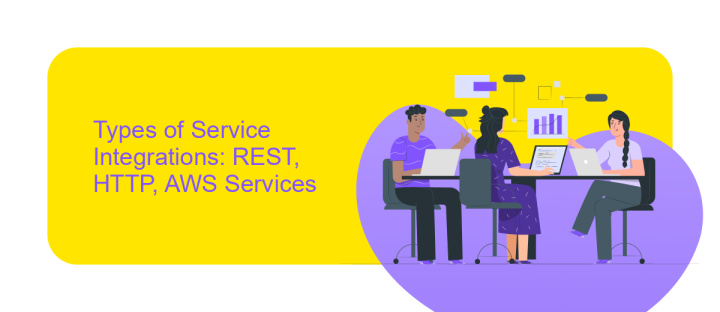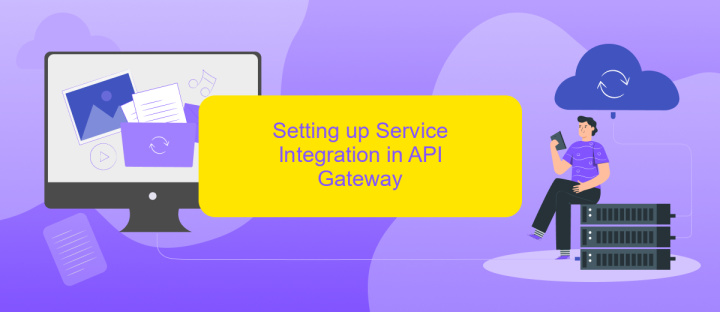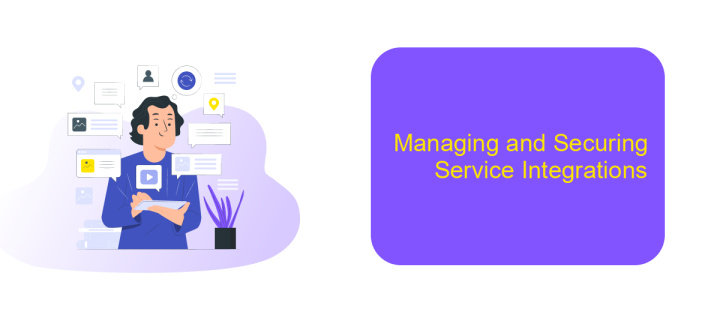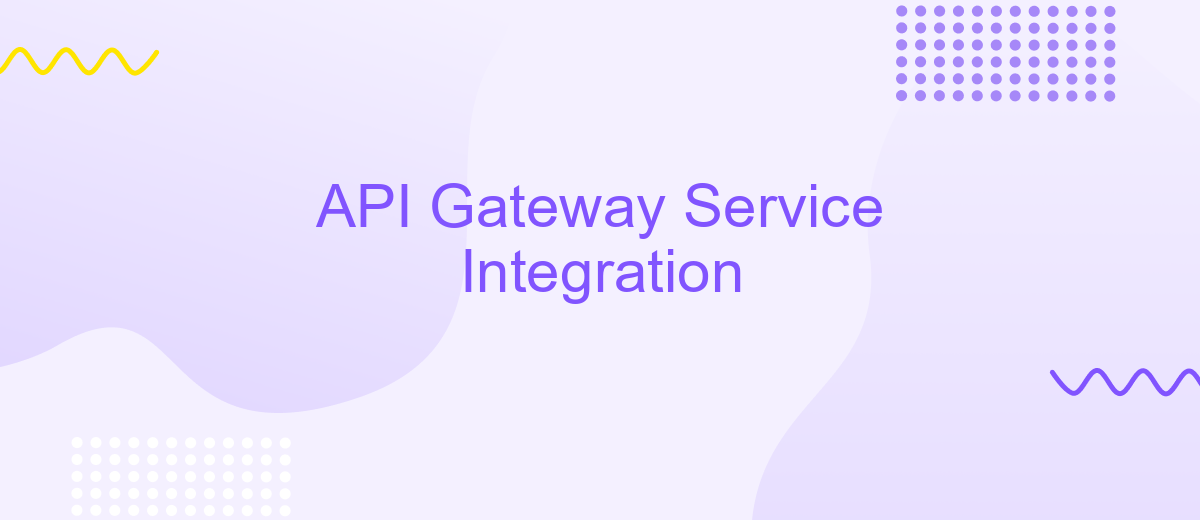API Gateway Service Integration
In the rapidly evolving landscape of cloud computing, API Gateway services have emerged as crucial components for seamless integration and management of APIs. They act as intermediaries that facilitate secure and efficient communication between clients and backend services. This article explores the essential role of API Gateway services in streamlining API interactions, enhancing security, and optimizing performance, ultimately empowering businesses to deliver robust digital solutions.
Introduction to API Gateway and Service Integration
API Gateway serves as a crucial architectural component in modern software development, acting as an intermediary between clients and backend services. It provides a unified entry point for API requests, ensuring seamless communication and integration across various services. By managing API traffic, API Gateways enhance security, scalability, and performance, offering a centralized platform for monitoring and controlling API interactions.
- Centralized management of API requests and responses.
- Improved security through authentication and authorization mechanisms.
- Load balancing and traffic management to optimize performance.
- Transformation and validation of API requests and responses.
- Seamless integration with microservices architecture.
Service integration through an API Gateway simplifies the process of connecting disparate systems, enabling businesses to leverage existing functionalities while developing new services. It ensures that APIs are consistently managed and maintained, reducing the complexity of service interactions. As organizations increasingly adopt microservices, API Gateways become indispensable for orchestrating service communication, thereby fostering innovation and agility in software development.
Types of Service Integrations: REST, HTTP, AWS Services

API Gateway Service Integration offers diverse methods to connect services, including REST, HTTP, and AWS Services. RESTful integrations are widely used due to their simplicity and scalability, allowing developers to interact with web services using standard HTTP methods like GET, POST, PUT, and DELETE. This approach is favored for its stateless nature, which ensures that each request from a client contains all the information needed to process it. HTTP integrations provide a straightforward way to connect services by leveraging the ubiquity and reliability of the HTTP protocol. They enable seamless communication and data exchange across different platforms and systems.
For those utilizing AWS, service integrations with AWS Services are particularly beneficial. These integrations allow direct interaction with AWS resources, such as Lambda functions, DynamoDB tables, and S3 buckets, facilitating efficient cloud-native application development. Tools like ApiX-Drive can further enhance these integrations by offering a user-friendly interface to automate and streamline the connection between various APIs and services. This flexibility ensures that businesses can adapt quickly to changing needs, optimizing their workflows and enhancing productivity through effective API management.
Setting up Service Integration in API Gateway

Integrating services within an API Gateway is a crucial step in streamlining communication between microservices and external clients. The API Gateway acts as a single entry point, managing requests and routing them to the appropriate backend services. To set up service integration, you need to configure the gateway to handle specific API endpoints, ensuring secure and efficient data flow.
- Define the API specifications and endpoints in the API Gateway configuration.
- Set up authentication and authorization mechanisms to secure access to your services.
- Configure request and response transformations to match the required data formats.
- Implement rate limiting and throttling policies to manage traffic efficiently.
- Test the integration thoroughly to ensure seamless communication between services.
Once the integration is configured, monitor the API Gateway for performance metrics and potential errors. Regularly updating and optimizing the configuration will help maintain robust service interactions. By following these steps, you ensure that your API Gateway effectively manages service requests, providing a reliable interface for clients and backend services alike.
Managing and Securing Service Integrations

Managing and securing service integrations in an API Gateway is crucial for ensuring seamless communication and data protection across distributed systems. Effective management involves coordinating various services, handling requests efficiently, and ensuring each service is accessible and reliable. Security, on the other hand, focuses on protecting data from unauthorized access and ensuring that only authenticated and authorized requests are processed.
One of the primary strategies for managing service integrations is to implement robust monitoring and logging mechanisms. This helps in tracking the performance and health of services, identifying bottlenecks, and troubleshooting issues promptly. Additionally, scaling services based on demand ensures that the API Gateway can handle varying loads without compromising performance or reliability.
- Implement strong authentication and authorization protocols.
- Use encryption to protect data in transit and at rest.
- Regularly update and patch systems to mitigate vulnerabilities.
- Conduct security audits and penetration testing periodically.
By combining effective management practices with stringent security measures, organizations can ensure that their API Gateway service integrations are both efficient and secure. This approach not only enhances the resilience of the system but also builds trust with users by safeguarding their data and maintaining service integrity.
- Automate the work of an online store or landing
- Empower through integration
- Don't spend money on programmers and integrators
- Save time by automating routine tasks
Advanced Configurations and Best Practices
When configuring an API Gateway for advanced integration scenarios, it's crucial to implement efficient routing and load balancing strategies. This ensures that requests are directed to the appropriate backend services, optimizing performance and reliability. Utilize caching mechanisms to reduce latency and enhance response times. Security is paramount; therefore, incorporate robust authentication and authorization protocols, such as OAuth 2.0 or JWT, to safeguard your APIs. Additionally, consider rate limiting and throttling to prevent abuse and ensure fair usage across clients.
To streamline integration processes, leveraging tools like ApiX-Drive can be highly beneficial. ApiX-Drive offers automated workflows that can seamlessly connect various services, reducing manual intervention and potential errors. It's also essential to monitor and log API traffic effectively, using analytics to gain insights into usage patterns and identify potential bottlenecks. Regularly review and update your configurations to adapt to evolving business needs and technological advancements. By adhering to these best practices, you can ensure a robust and scalable API Gateway setup that meets both current and future demands.
FAQ
What is an API Gateway Service Integration?
How does an API Gateway differ from a reverse proxy?
What are the benefits of using an API Gateway?
How can I automate API integrations without extensive coding?
What should I consider when choosing an API Gateway solution?
Apix-Drive is a simple and efficient system connector that will help you automate routine tasks and optimize business processes. You can save time and money, direct these resources to more important purposes. Test ApiX-Drive and make sure that this tool will relieve your employees and after 5 minutes of settings your business will start working faster.


